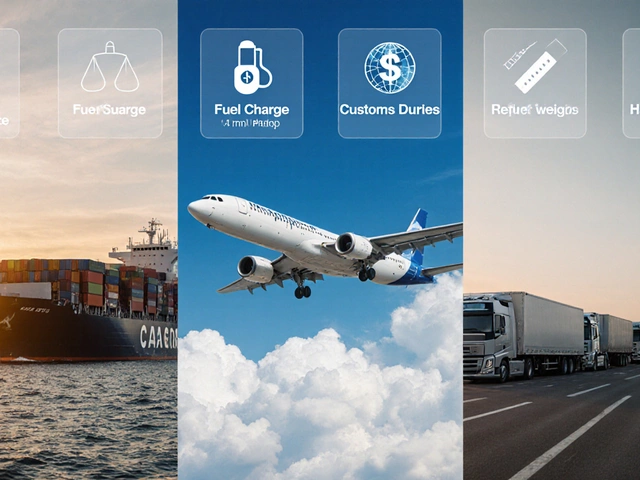International Shipping Boxes: Your Quick Guide to Packing for Overseas Moves
Moving stuff abroad? The right box can mean the difference between a smooth delivery and a damaged disaster. In this guide we’ll cut the fluff and show you what box to pick, how to pack it, and a few tricks to keep customs happy.
Box Types for International Shipping
Not all boxes are built the same. For global shipments you usually have three solid choices:
1. Standard Corrugated Cardboard – The most common and cheapest option. Look for double‑wall (two layers of fluting) when you’re sending heavy books or electronics. Triple‑wall is overkill for light clothes.
2. Reinforced Export Boxes – These come with extra corner protectors and thicker walls. They’re great for fragile items like glassware, artwork, or delicate machinery. The added cost is often worth it because you avoid replacement fees.
3. Plastic Crates – Heavy‑duty, weather‑proof, and reusable. Ideal for long‑term overseas storage or when you need to comply with strict airline cargo rules. They’re pricey, but they protect against moisture and pests.
Measure your load first. Most carriers charge by dimensional weight, so a box that’s too big adds unnecessary cost. A good rule of thumb: keep each side under 18 inches for most air shipments unless you’re using a freight service.
Packing Tips to Pass Customs
Customs agents love clear, organized boxes. Here’s how to keep them on your side:
Seal properly. Use strong packing tape and apply it in a "H" pattern on all seams. A loose seal is a red flag for damage and can lead to inspection delays.
Label inside and out. Stick a simple inventory list inside the box (plain language, no marketing hype) and attach a clean, legible label on the outside with the destination address and a brief content description.
Use void fill. Bubble wrap, packing peanuts, or crumpled paper stop items from shifting. Fill every empty space – even a few centimeters of wiggle room can cause damage in the rough handling of international transit.
Avoid prohibited items. Check the carrier’s restricted‑goods list before you pack. Things like lithium batteries, certain chemicals, or sharp objects need special documentation or may be banned outright.
Lastly, keep a digital copy of your packing list and photos of how everything looked before sealing. If something goes missing or gets damaged, you’ll have solid proof for your claim.
Choosing the right international shipping box isn’t rocket science, but it does need a bit of planning. Pick a box that matches the weight and fragility of your items, seal it tight, and label it clearly. Follow these steps and you’ll save time, money, and a lot of headaches when your goods cross borders.
March 11, 2025
Evelyn Wescott
0 Comments
Shipping internationally involves more than just picking any old box. Different countries have various restrictions, and certain types of boxes can make a difference in cost and delivery time. Understanding the right box to use is crucial to ensure your package arrives safely and without extra charges. Explore practical tips and interesting facts to navigate the complexities of international shipping.




